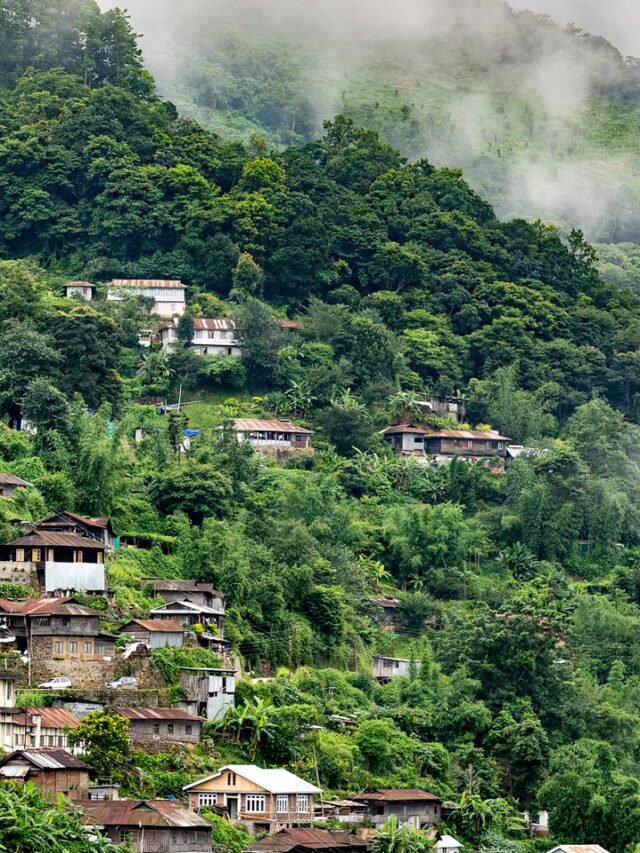HT Bureau
GUWAHATI, Dec 29: In a bid to offer alternative livelihood opportunities to women from marginalised communities in the Borunguri-Bongaon area surrounding the Laokhowa-Burhachapori Wildlife Sanctuary, a five-day workshop on water hyacinth crafts witnessed enthusiastic participation.
Organised by prominent biodiversity conservation organisation Aaranyak in collaboration with Kaziranga National Park and Tiger Reserve authority, Laokhowa-Burhachapori Wildlife Sanctuary, Nagaon Wildlife Division, Nagaon Girls’ College, and Laokhowa Burhachapori Conservation Society (LBCS), the initiative received support from the US-based conservation agency, International Rhino Foundation.
The training aimed to skillfully develop 25 women participants, offering them an alternative livelihood to reduce dependence on forest resources and contribute to conservation efforts.
“Empowering communities! @aaranyak, in collaboration with LBCS and Forest Dept, hosts a Water Hyacinth Product Skill Training for EDCs of Laokhowa Bongaon and Barunguri Bongaon. Building skills, fostering sustainability!” tweeted Kaziranga National Park & Tiger Reserve on the X microblogging platform on December 26.
Empowering women with water hyacinth craft skills not only enhances their livelihoods but also contributes to conservation by transforming an invasive plant into marketable products. This sustainable approach fosters economic independence while creatively utilising resources to address environmental challenges.
The training program, held from December 25-29, was graced by SK Gupta and R Gogoi, range officers of Dhaniya Range and Gorajan Range of Laokhowa Burhachapori WLS, Smarajit Ozha of Laokhowa-Burhachapori Conservation Society, senior Aaranyak official Arif Hussain, and Bonojit Lalung and Abhijit Bordoloi, members of Bongaon and Borunguri EDC, respectively.
Known for its diverse flora and fauna, the Laokhowa Burhachapori Wildlife Sanctuary provides a habitat for the greater one-horned rhinoceros, Royal Bengal Tiger, and various bird species, making it a crucial area for biodiversity conservation.












